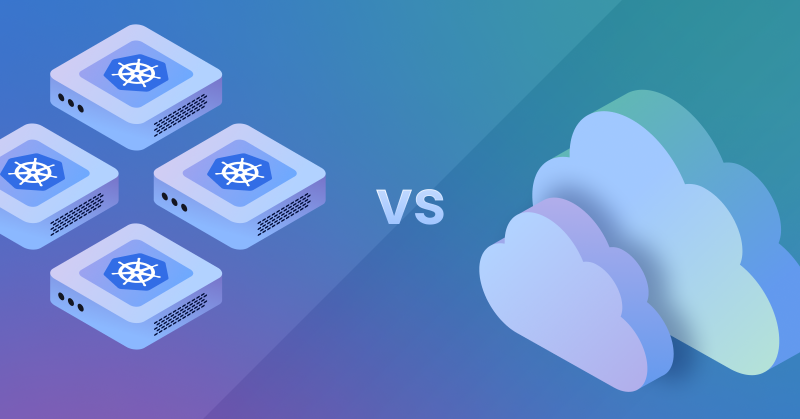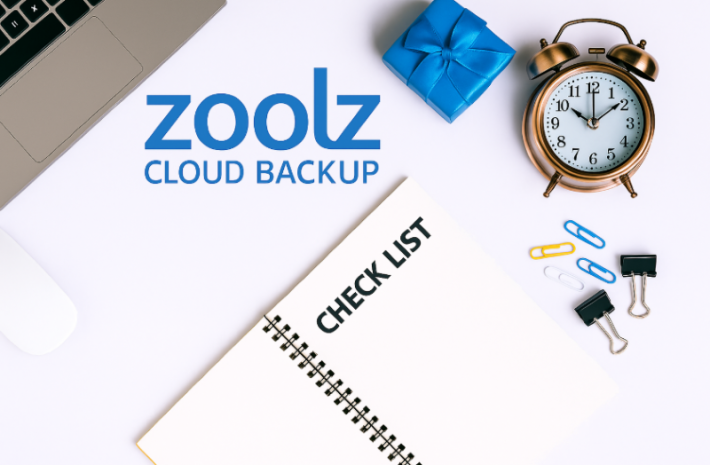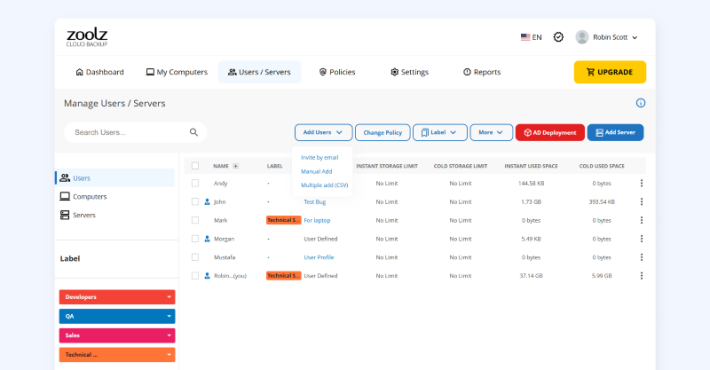Edge Computing vs. Cloud Storage: Which Suits Your Business Needs Best?

In today’s data-driven world, organizations must choose between processing data at the edge or storing it in the cloud. With the rise of IoT devices and the increasing demand for real-time responses, edge computing is transforming how businesses manage data. Meanwhile, cloud storage, like the secure and scalable solutions offered by Zoolz, remains a reliable backbone for backup and disaster recovery. So, which one should your business rely on—or should you use both?
In this blog, we’ll break down the core differences between edge computing and cloud storage, highlight the benefits of each, and guide you on when and how to use them for your business advantage.
What Is Edge Computing?
Edge computing refers to processing data closer to its source—at the “edge” of the network—instead of sending it to centralized servers. For instance, a smart manufacturing sensor analyzing temperature and making adjustments in real-time operates using edge computing.
Key Benefits of Edge Computing:
- Reduced Latency: Immediate data processing allows faster decision-making.
- Bandwidth Efficiency: Less data transmitted over networks.
- Enhanced Privacy: Local processing can help in meeting compliance and privacy requirements.
- Real-time Insights: Ideal for time-sensitive operations such as autonomous vehicles or remote health monitoring.
What Is Cloud Storage?
Cloud storage, such as the enterprise-grade Zoolz solution, enables data to be stored and accessed over the internet from remote servers. It’s ideal for long-term storage, backups, and remote access.
Zoolz Cloud Backup offers:
- Cold and Hybrid Storage
- Ransomware Protection
- Granular File Versioning and Retention
- Block-level & Incremental Backup
- Advanced Security Compliance
Cloud Storage vs. Edge Computing: Key Differences
| Feature | Cloud Storage (Zoolz) | Edge Computing |
|---|---|---|
| Data Processing Location | Central servers (remote) | Near the source (local) |
| Latency | Higher | Low/real-time |
| Scalability | High | Limited by local infrastructure |
| Cost Efficiency | Cost-effective for large, archived data | Higher initial hardware investment |
| Security | Cloud encryption, admin controls | Local control; risk of physical compromise |
| Best Use Case | Backup, compliance, file sharing | Real-time analytics, IoT, remote environments |
When to Use Edge Computing
- Real-time operations like automated manufacturing or self-driving vehicles.
- Remote environments with limited connectivity.
- Data privacy-sensitive scenarios where cloud upload isn’t viable.
When to Use Cloud Storage
- Reliable backup for disaster recovery or ransomware incidents.
- Scalable file archiving, especially using cold storage.
- Centralized management of data across users and devices via backup policies.
Zoolz provides businesses with robust tools to schedule backups, restore older versions, share files securely, and even perform remote restore.
Why You May Need Both
Using edge computing and cloud storage together offers the best of both worlds. Process data at the edge for real-time actions and sync vital data to the cloud for compliance, long-term retention, and cross-platform accessibility.
Example Workflow:
- A smart retail kiosk processes transactions in real-time (edge) while syncing transaction logs and analytics to Zoolz cloud storage nightly for record-keeping and auditing.
Final Thoughts
Choosing between edge computing and cloud storage is not an either/or decision. Evaluate your business goals, compliance requirements, and real-time data needs to build a hybrid strategy. Zoolz cloud backup provides a flexible, secure, and compliant way to protect and access your data—complementing your edge strategy rather than competing with it.
Looking to modernize your IT infrastructure? Explore Zoolz today and power your business with smart, secure cloud storage.
👉 Learn how to configure Zoolz for your servers
👉 Upgrade your Zoolz account


